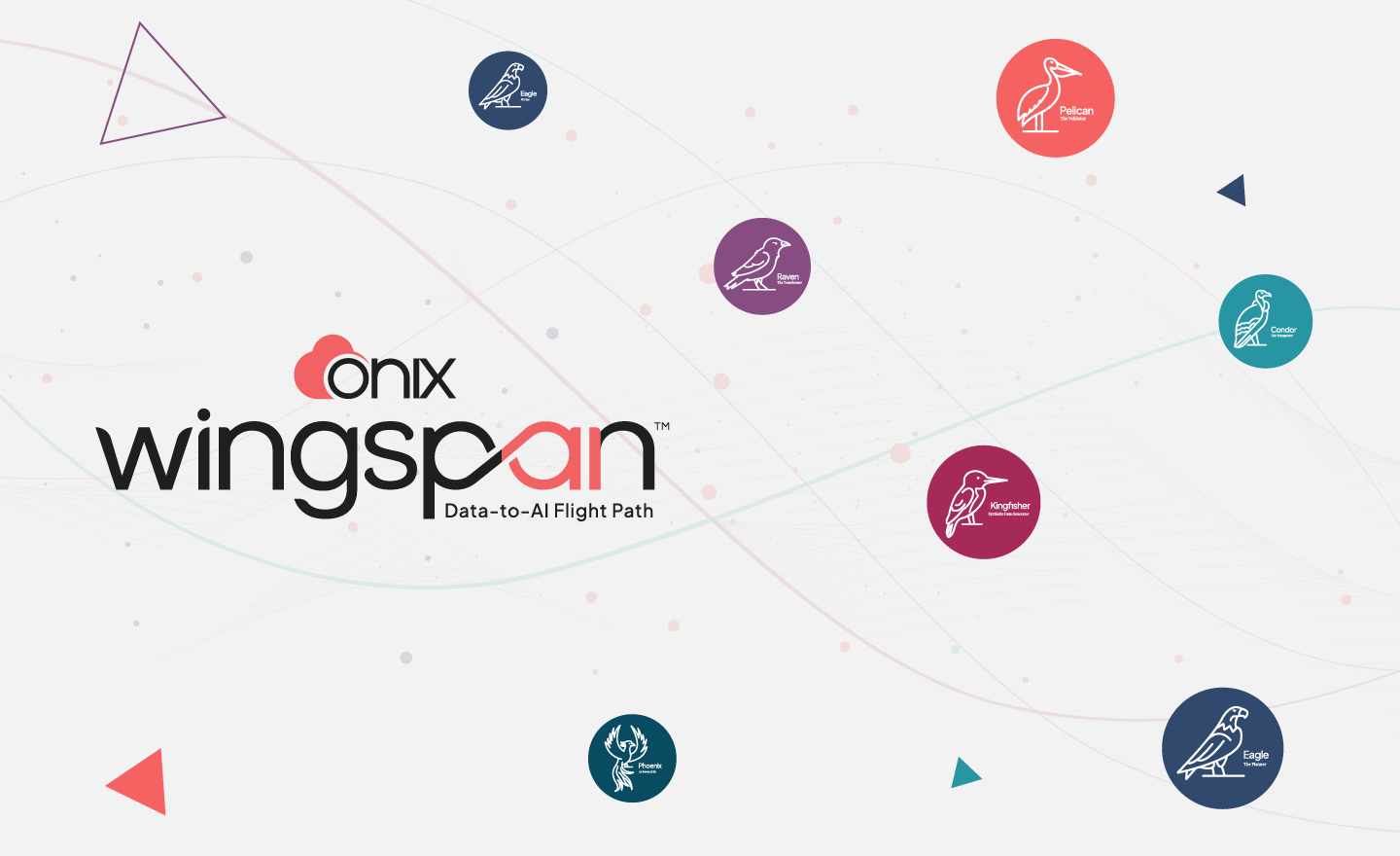Since your applications determine how efficiently your team communicates, how quickly you receive security alerts, and more, it’s crucial that you choose the right architecture for your organization.
Two options for your application’s architecture are monolithic and microservices infrastructures. However, there are a number of considerations to make before deciding to implement either of these. Below, we’ll discuss the differences between the two.
Monolithic vs. Microservices architecture
As the architecture debate continues, it’s important to consider the way in which these two architectures differ. There are a number of differences between monolithic and microservices architecture, but the main difference is how they operate.
Monolithic
This is a singular system that operates an application. While this option often features low latency due to the singularity of this architecture, it is also its main risk: if one aspect of the system fails, it has the ability to bring down the entire application.
Microservices
Microservices are smaller, independent services that come together to run the application. By running various sections of the application through smaller services, you have the ability to run your application more efficiently, prepare for and mitigate risks earlier, and more.
When considering Monolithic vs. Microservices, it’s crucial to get the full picture, including the benefits of both types.
What are the advantages of microservices?
Many organizations find more advantages with microservices. Some of these benefits include:
- Independent functionality. Unlike a monolithic architecture, where one issue can potentially bring down an entire system, microservices provide independent pieces that are not reliant on one another.
- Increased efficiency. With multiple, individual pieces of the architecture, your team members can focus on their assigned microservices to more efficiently find and fix issues, perform routine tasks, and more.
- Scalability. As your applications evolve, you may have different environment needs than you have now. With microservices, your organization has the ability to scale your needs up and down to meet the needs of your application.
Through these benefits and more, your business can utilize a microservice architecture to meet your goals, provide an improved experience to your end users, and improve your organization overall.
Getting started with microservices
If you’re interested in migrating from a monolithic architecture to microservices, there are some best practices to help you get started.
Microservices on Google
According to Google, there are a number of use cases that specifically benefit from microservice architecture, such as website migration, storing media content, and processing data.
Google Cloud also features a number of products that integrate with microservice architectures, including:
- Google Kubernetes Engine, which is a platform built to deploy and manage Kubernetes.
- Cloud Run, which allows your organization to scale containers on a serverless platform.
- Cloud SQL, which is a database service that allows you to access rich extension collections, ecosystem services, and more — all without the management.
- Anthos, which is a platform that allows you to manage your applications across multiple environments.
See It in action
Watch our webinar on how Budget Dumpster’s migration to the Google Cloud Platform and use of Kubernetes helped the company to enjoy key business benefits.
Microservices on AWS
AWS has a number of microservice tools that they call “building blocks,” including:
- Amazon Elastic Container Service, which supports and manages containers.
- Amazon ElastiCache, which gives you more efficient, organized access to data.
- AWS Cloud Map, which allows you to keep track of your ever-evolving needs, including their status, to help you maintain a healthy, effective environment.
Together, these tools and more can help you create a successful application architecture on AWS.
Implement a cloud infrastructure strategy that works for your business
While monolithic vs. microservices is an ongoing architecture debate, it’s important to utilize the best practices for your organization’s needs.
By implementing a cloud infrastructure that’s designed for your business, you can address a number of issues, including IT infrastructure challenges, costly outages, lack of redundancy, and more. With these risks mitigated, you can instead focus on your business efforts that drive innovation and organizational growth.
Contact us today to learn more about how Onix’s cloud infrastructure services can benefit your organization!









